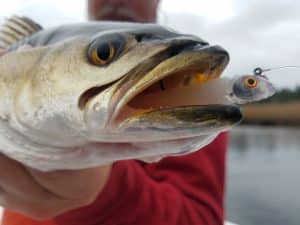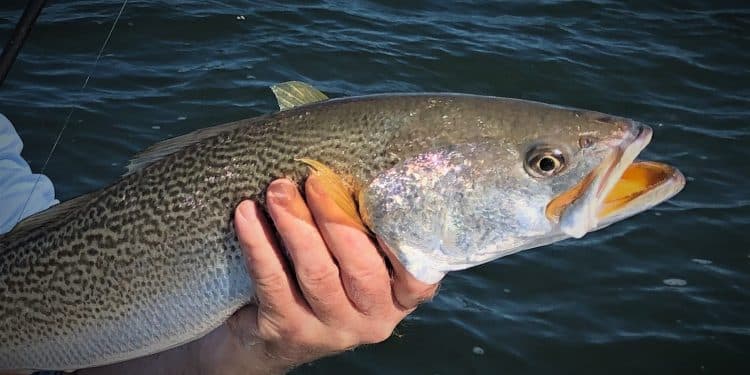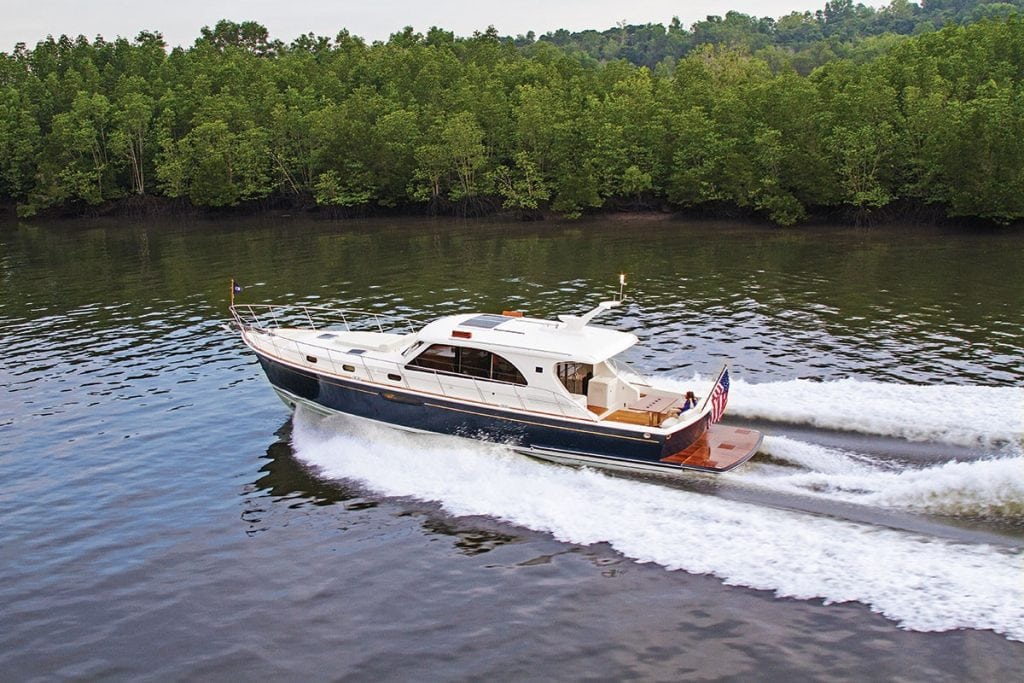Familiarity Breeds Success
When fishing new waters, target species similar to ones you catch at home.
There’s an old saying that “familiarity breeds contempt,” and it’s no doubt true in many instances. Still, when it comes to the fishing game, familiarity also breeds success.
Such is often the case when it comes to probing new waters or targeting species for which you’ve never tried. Whether heading south for the winter or north for the summer, it’s not surprising that anglers sometimes feel overwhelmed by a multitude of choices, including what to target, which lures to use, what kind of structure to fish, and selecting appropriate tackle for hopeful encounters. Should you try for redfish, snook, jacks, or seatrout on your trip to the Florida Keys, Gulf Coast, the Bahamas, or the Carolina coast? If heading north, how do you tempt stripers, blues, weakfish, false albacore, or the bottom-loving summer flounder when fishing anywhere between the Jersey Shore and Cape Cod?

“I’d suggest targeting species that are similar to those you love to catch at home,” says Ed Walsh, a retired New York City firefighter who has also spent time on Summerland Key in Florida and is one of the sharpest anglers I’ve met. “What it really takes to get started when fishing new waters is a couple of quick hookups to build your confidence. Once you’ve broken the ice, you’ll be more willing to experiment and try new things assured that willing combatants are on the scene. Start with what you know and enjoy, then cut in any local tips you can gather and build from there.”
It’s simple advice, but it holds water. Thinking back to my first attempts at catching snook and redfish decades ago, I recall being frustrated. I had little confidence in the new lures recommended to me by a local tackle shop, didn’t know if the bigger fish would patrol the flats or sulk in adjacent channels, and failed to spot any trophies cruising the mangrove edges or small docks I investigated.
After pitching a shutout on my first two ventures, I was beginning to think relaxing on the beach might be a better idea. Before calling it quits, however, I decided to take a few casts with a jighead and grub combo designed to tempt school stripers in the hope of catching something—anything—to avoid another skunking. The move paid off when a two-pound spotted seatrout gave me a smack. “This really looks like a weakfish,” I thought to myself, admiring the slim profile, big fangs, and silver flanks as I slipped it back into the water. “Maybe I should jig like I’m weakfishing.” It took less than a minute for me to connect with a second trout using that approach, and several more quickly followed—along with a fat summer flounder and an eight-pound redfish that made my day.
“I’d suggest targeting species that are similar to those you love to catch at home” – Ed Walsh
Tangling with that simple mixed bag helped me realize southern species, just like those in my home waters of the Northeast, often shared channel edges, targeted similar baitfish, and inhaled the same lures. Later that night, I tried my luck again under the cover of darkness and found the snook feeding just like stripers in the shadow lines alongside docks. I couldn’t have been more thrilled, especially when a 15-pounder walloped my five-inch striper plug and powered into the darkness.
“No matter where you find them, predatory species all have some traits in common,” says Walsh. “They like moving water, tend to feed best at the start and end of the tide, and seek areas where they’ll be least disturbed. If you’ve figured out how to catch them where you live, start with the same basic techniques to catch them where you visit. Once you’ve set the hook a few times, you’ll naturally begin to experiment with more local, species-specific techniques to further increase your catch.”
Realize, too, that some of the new local knowledge you’ll acquire can translate very well when tried at home.
-by Tom Schlichter














